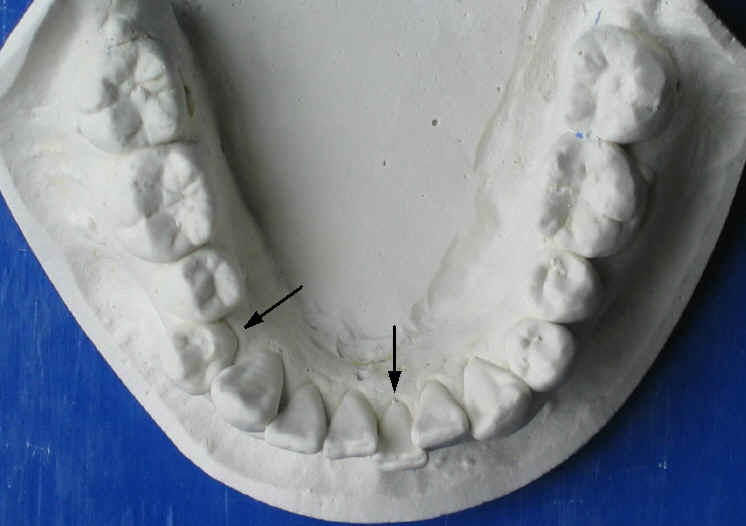|
|
 |
|
Fig.1 |
Fig.2 |
|
|
|
|
Fig.3 |
Fig.4 |
Dental Education Lecture: Electric Toothbrush
|
|
 |
|
Fig.1 |
Fig.2 |
|
|
|
|
Fig.3 |
Fig.4 |
In previous lectures (How to Brush; and Flossing), we have shown that oral hygiene is not so good in the area between two neighboring teeth. Electric toothbrush comes in handy. For efficacy, we should insert the edge of an electric toothbrush in between teeth (Fig.1). We should also aim the brush at tooth-gum junction in a 45 degree manner (Adult Brushing). It is the best to brush in a sequence,i.e., from one side of the arch to the other (as demonstrated in Fig.4 of How to Brush). We should to try to place the edge of electric toothbrush head into the area between every two adjacent teeth.
Once we finish brushing the outer surface of our teeth, we need to brush the inner surface (tongue side) of our teeth. The inner surface of our lower jaw is quite narrow. It is difficult to clean there, particularly when our dentition is not so well aligned as indicated by two arrows in Fig.2. If you place an ordinary toothbrush in the crowded area casually, you may not be able to clean the most depressed area very well (Fig.3). Electric toothbrush can do better job in this case if you place the edge of electric toothbrush head in the most concave area. Or you need to change angulation of regular toothbrush for better adaptation, contact and cleansing (Fig.4).
The last surface to be brushed by electric counterpart is the biting surface of back teeth, just the same as regular toothbrush.
Although electric toothbrushing is quite efficient, it does not replace dental floss. Changing the alignment of our teeth by braces will make oral hygiene easier.
Xin Wei, DDS, PhD, MS 1st Edition 01/25/2009úČLast Revision 02/19/2009